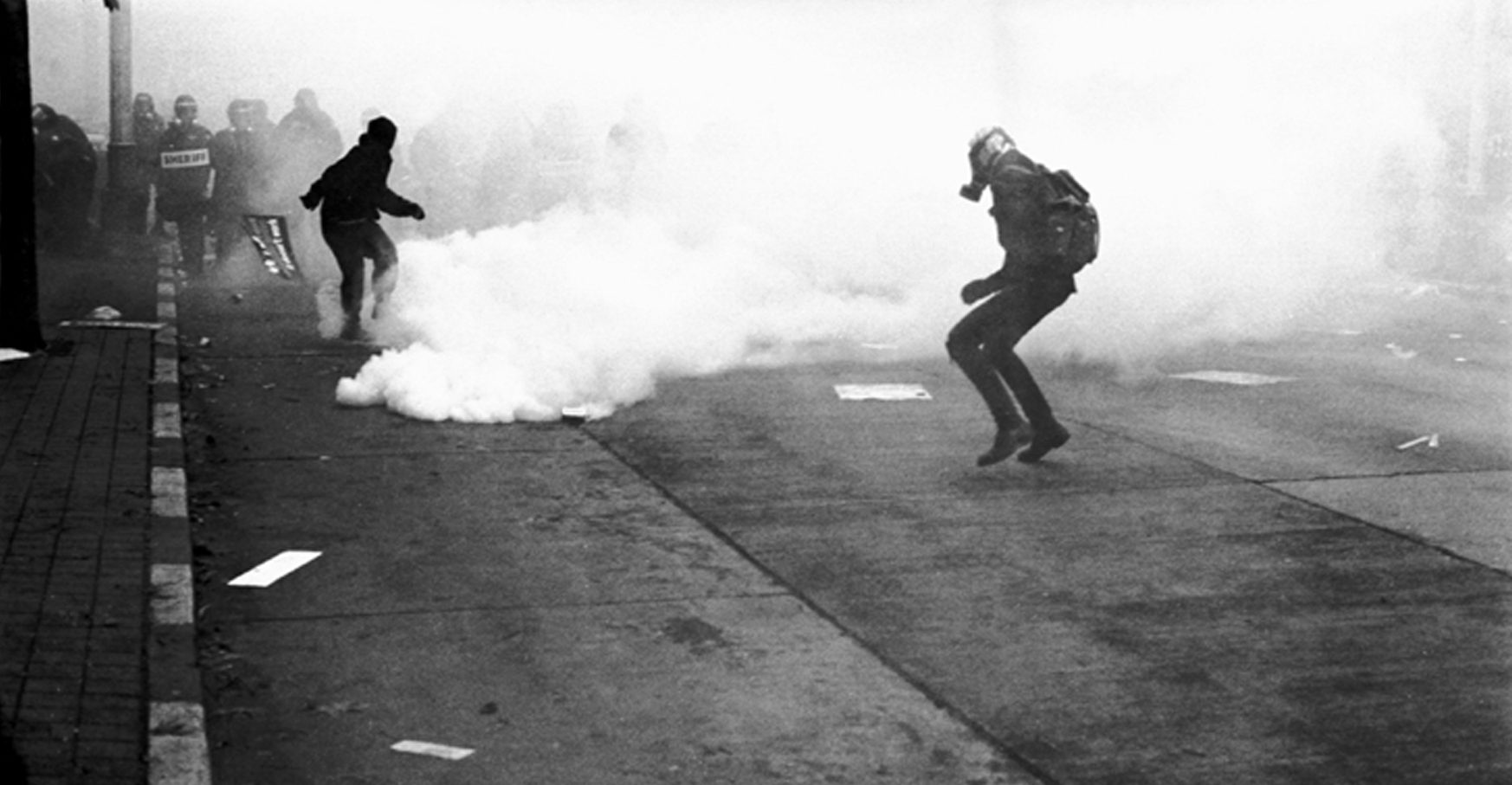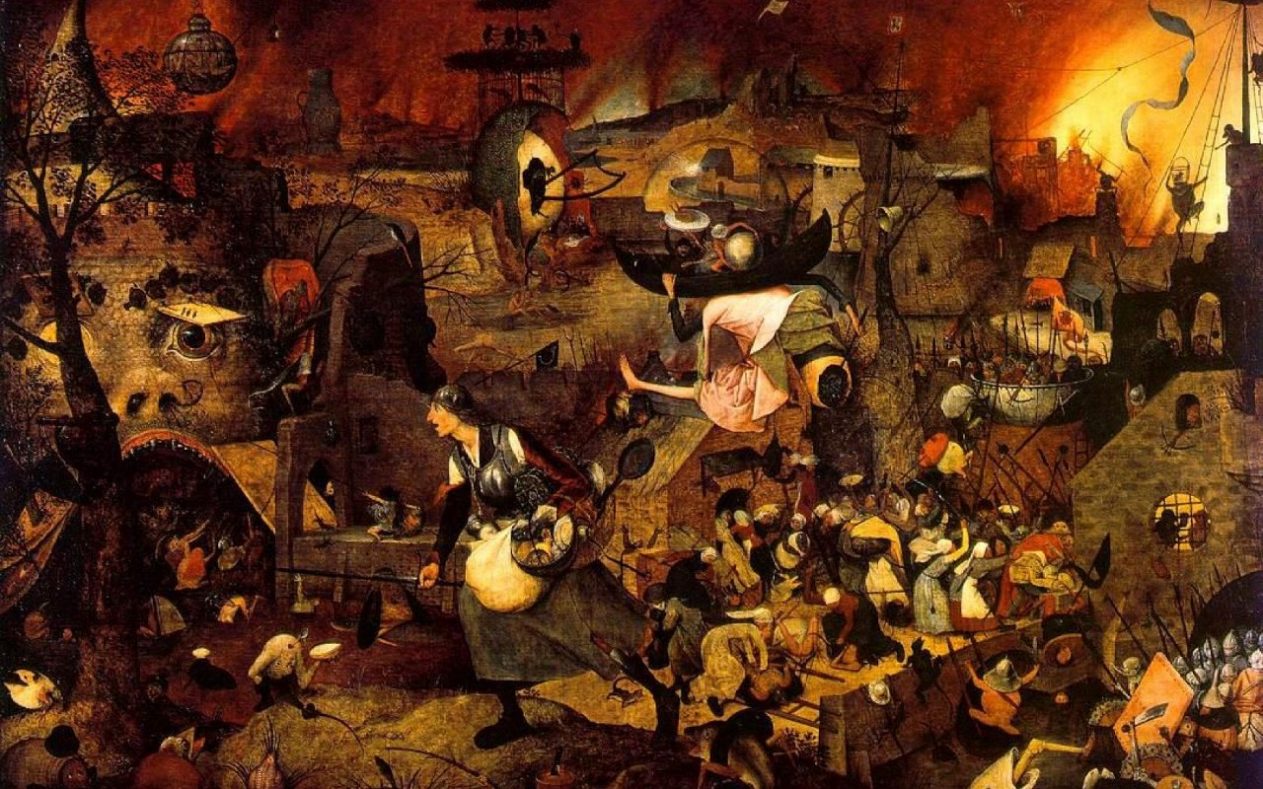“The revolution never belongs to those who start it but to those who end it and grab the spoils.” – Ali Yahia Abdennour
I was recently brushing up on my social theory when I suddenly remembered something that I had come to realize a few years ago: with the exception of a handful of cases, almost all modern revolutions have failed to fully deliver on their promises of democratic change, social justice, and political stability. Our understanding of why revolutions occur and how they unfold is usually limited to the few that were successful; most notably the French and American revolutions. However, there have been hundreds of failed attempts in the last century alone. Sure, some of them have led to improvements in governing, civil rights, and most importantly, the overthrow of despots. For example, the Mexican Revolution of 1910-1920 brought with it a systematic overhaul of political and social life. Similarly, various wars of independence fought against colonialist rule in Africa and Asia proved to be fruitful in the short-term, guaranteeing national independence and sovereignty. But despite the gains, these revolutions were not successful in fundamentally restructuring the economic system or preventing the decades of power struggles, civil wars, and bloodshed that often ensued. The obvious explanation here is that revolutions are extremely complex social phenomena that involve millions of actors each with a unique set of ideas, resources, and expectations that don’t always lead to desirable outcomes. But revolutions fail even when large masses of people unite behind a single cause. So how do we make sense of them?
Contemporary social theorists Jack Goldstone and Jeff Goodwin offer competing answers to this very question. Goldstone (2013) defines a revolution as a forcible overthrow of an existing regime through mass mobilization and a desire to bring about social change. In addition, he notes that revolutions are inherently ideological in their narratives of social justice. In this scheme, state breakdown causes a leadership vacuum that needs to be filled. After a great deal of internal infighting and status negotiation, a revolutionary leader emerges and a new regime is formed. Goodwin’s definition lacks the social justice element and instead provides a more structural argument. For Goodwin, a revolution is a type of social movement “which attempts to overthrow, supplant, or fundamentally transform state power” (2003:3). Goodwin notes that revolutionary outcomes vary greatly and that the extent of social, cultural, and economic change brought on by them is largely dependent upon the unique position that states occupy in the globalized world system.
While each theory offers a plausible explanation of why and how social revolutions occur, their synthesis leads to an interesting hybrid theory: the italicized portions point to how revolutions effectively get hijacked by the most powerful internal factions and how they are constrained by the external geopolitical climate surrounding the host country. In other words, the faction that emerges from the power vacuum as victorious is, at least in some cases, the one that successfully manages to eliminate all opposition by any means necessary (read torture, execution, and lots of bloodshed). Moreover, revolutionary outcomes are negatively impacted by exogenous factors that are often manipulated by regional powers and a complex web of global political agents.
The Russian and Iranian revolutions (in 1917 and 1979 respectively) have most of the elements that Goldstone and Goodwin allude to in their theories. The main driving force behind both cases was a politicized ideology: Bolshevism in Russia and Islamic Republicanism in Iran. But one could also argue that each of the factions above took advantage of popular uprisings by employing militias to eliminate their opposition and, in the process, altering the course of the revolutionary movements. The Russian and Iranian revolutions started out as social uprisings demanding greater political and economic reforms yet they both fell into the wrong hands (Stalin and Khomeini) and ultimately morphed into brutal dictatorships.

Petrograd (Saint Petersburg), July 4, 1917. Street demonstration on Nevsky Prospekt just after troops of the Provisional Government have opened fire with machine guns.
Similarly, the Arab Spring of 2011 began as a series of popular democratic movements in Tunisia, Egypt, Libya, Yemen, Bahrain, and Syria. Seven years on, all of the countries mentioned have descended into various levels of chaos. Once relatively stable and secular dictatorships, Libya and Syria are now failed states overrun by various Islamist militias and facing brutal tribal and sectarian civil wars. Egypt is politically unstable and barely held together by an unpopular military dictatorship. Bahrain and Yemen are caught in the middle of a regional proxy war between Saudi Arabia and Iran. More recently, the aftermath of the Euromaidan Movement has led to political turmoil in eastern Ukraine and the annexation of Crimea by Russia. The Ukrainian case clearly illustrates the extent to which geopolitics (Goodwin’s “globalized world system”) can interfere with revolutionary outcomes in periphery countries.

Iranian Revolution, September 8, 1978.
Making matters worse is the fact that, contrary to popular belief, revolutions are nonlinear events — changes are slow to come — and those that involve an immediate change of power rarely amount to the kind of utopia that social actors had aimed for. Institutional changes take place over a number of years and are often hotly contested by opposing groups. The odds of success seem to be directly proportional to the amount of influence and power a country wields in its immediate neighborhood.
The French and American revolutions were successful because they occurred under exceptional circumstances. Despite the social unrest and dire economic situation, the French Revolution was heavily influenced by the secular promises of the Enlightenment. Similarly, the American Revolution succeeded because it demanded the kinds of reforms that had already been granted in the British Empire. The colony was also far removed from the rest of the world both physically and politically so it faced relatively little foreign meddling in its affairs. Unfortunately, most countries in today’s political environment aren’t so lucky. These historical lessons seem to suggest that, in the long run, slow and deliberate social movements are more likely to succeed than sudden popular uprisings in countries that occupy a disadvantaged place in the global system of power. If the recent trend is anything to go by, people living under dictatorships stand to lose more than just their basic human rights by committing to sudden political change; they face the ultimate threat of losing their country altogether.









